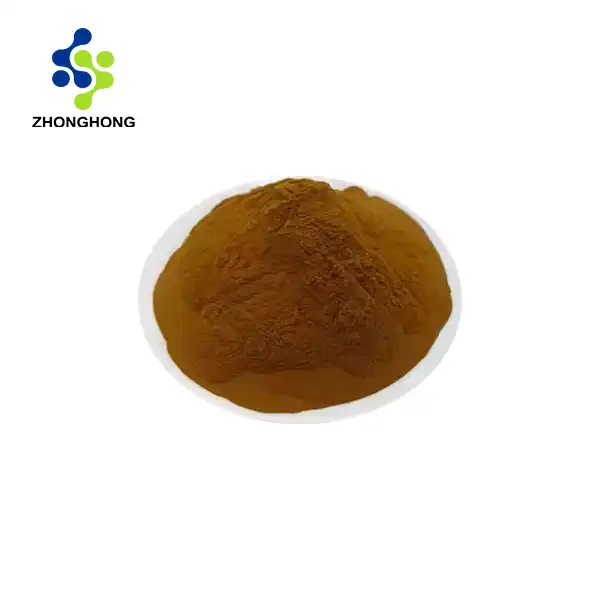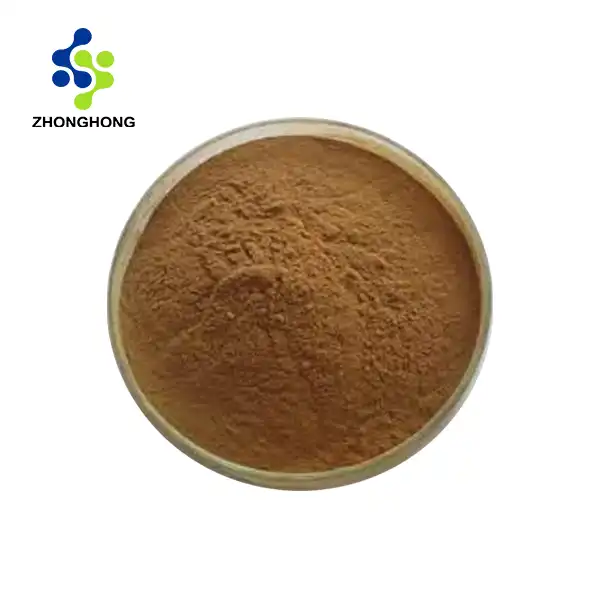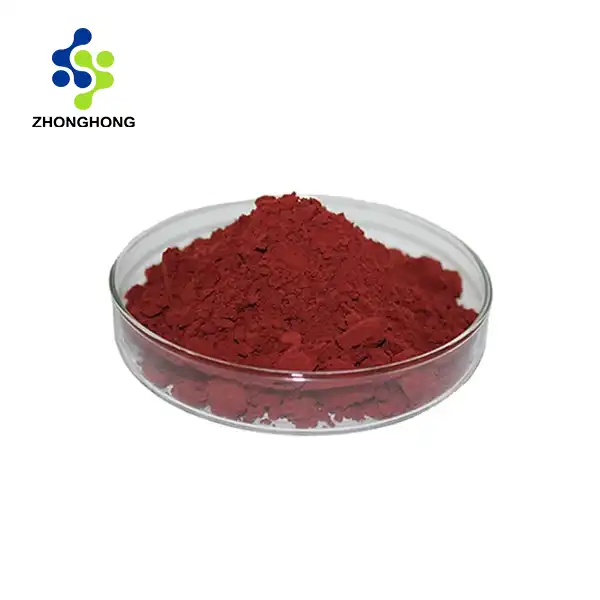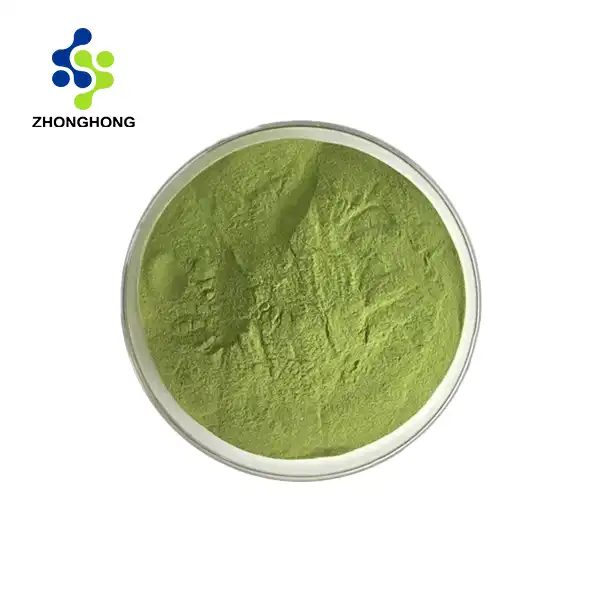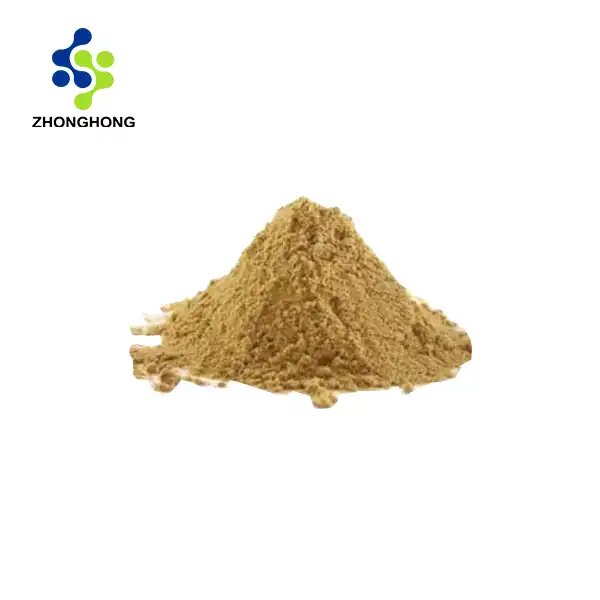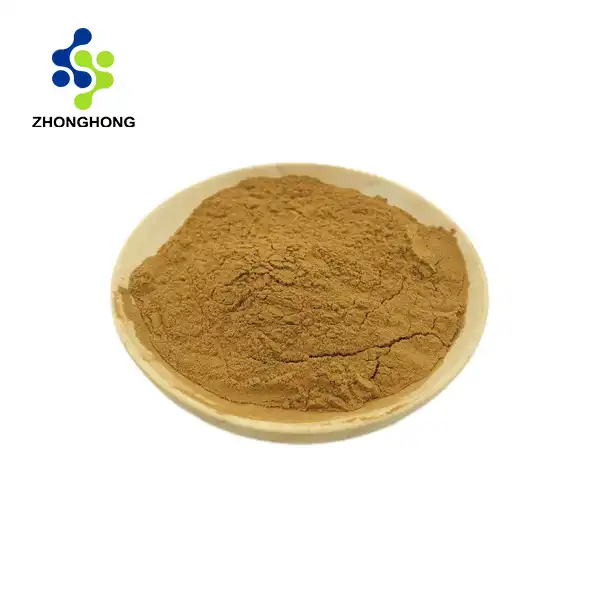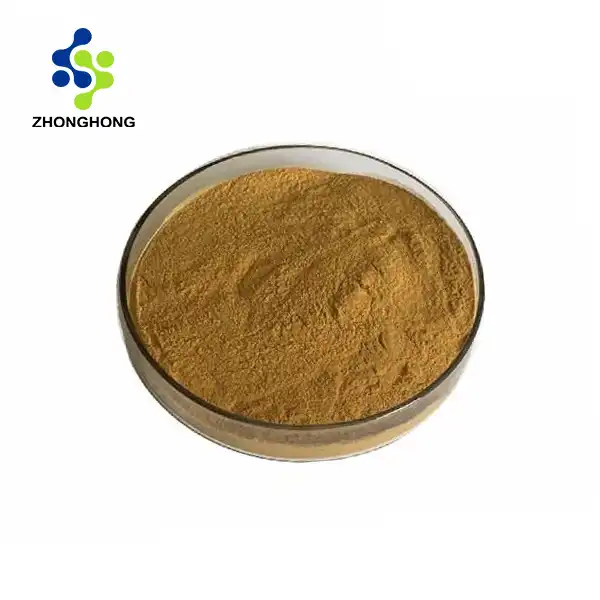The Controversy Around Puncturevine
A Weed with a Reputation
Puncturevine caltrop fruit has long been regarded as a troublesome weed in many parts of the world. Its sharp, spiny fruits can cause injury to humans and animals, earning it nicknames like "goathead" and "devil's thorn." These fruits can also puncture bicycle tires and stick to clothing, further contributing to its negative reputation. Many gardeners and farmers view puncturevine as an invasive species that competes with desirable plants for resources.
Traditional Uses and Potential Benefits
Despite its reputation as a weed, puncturevine has a history of traditional use in various cultures. In Ayurvedic and Chinese medicine, the plant has been used for centuries to address a range of health issues. Some practitioners believe that puncturevine caltrop fruit may have potential benefits for:
- Enhancing athletic performance
- Supporting reproductive health
- Improving cardiovascular function
- Boosting libido and sexual function
Scientific Research and Debate
The scientific community remains divided on the efficacy and safety of puncturevine caltrop fruit. While some studies suggest potential benefits, others highlight concerns about its use. Research has investigated its effects on:
- Testosterone levels
- Muscle strength and athletic performance
- Fertility and reproductive health
- Cardiovascular health
Identifying and Harvesting Caltrop Fruit
Physical Characteristics
Identifying puncturevine caltrop fruit requires attention to detail. The plant typically grows as a low-lying, sprawling herb with hairy stems and small, pinnate leaves. Its most distinctive feature is the fruit itself:
- Shape: Star-shaped or resembling a caltrop (an ancient weapon)
- Size: About 1 cm in diameter
- Color: Green when young, turning brown or gray as it matures
- Texture: Woody with sharp, sturdy spines
Harvesting Techniques
For those interested in harvesting puncturevine caltrop fruit for medicinal or research purposes, proper techniques are crucial:
- Timing: Harvest when fruits are fully developed but still green
- Tools: Use thick gloves and sturdy pruning shears
- Method: Cut the entire plant at the base or selectively remove fruits
- Drying: Spread harvested material on screens in a well-ventilated area
Safety Precautions
When handling puncturevine, safety should be a top priority:
- Wear protective clothing, including thick gloves and closed-toe shoes
- Be cautious of the sharp spines to avoid injury
- Clean tools thoroughly after use to prevent spread of seeds
- Wash hands and exposed skin after handling the plant
How to Control Puncturevine in Your Garden?
Prevention Strategies
Preventing puncturevine from establishing in your garden is often easier than controlling an existing infestation. Consider these preventive measures:
- Maintain a healthy, dense lawn or ground cover
- Use mulch in garden beds to suppress weed growth
- Inspect and clean equipment, shoes, and pets after visiting infested areas
- Monitor your property regularly for early signs of puncturevine
Manual Removal Methods
For small infestations or in areas where chemical control is not desired, manual removal can be effective:
- Hand-pulling: Uproot plants before they produce seeds, wearing thick gloves
- Hoeing: Use a sharp hoe to cut plants at or below the soil surface
- Tilling: Cultivate infested areas to bury seeds and disrupt growth
- Dispose of removed plants properly to prevent seed dispersal
Chemical Control Options
When manual methods are impractical or ineffective, chemical control may be necessary:
- Pre-emergent herbicides: Apply in early spring to prevent seed germination
- Post-emergent herbicides: Use on actively growing plants, following label instructions
- Selective herbicides: Choose products that target broadleaf weeds
- Non-selective herbicides: Use with caution to avoid harming desirable plants
Conclusion
Puncturevine caltrop fruit presents a complex duality as both a problematic weed and a plant with potential medicinal value. While its invasive nature and sharp fruits pose challenges for gardeners and outdoor enthusiasts, ongoing research continues to explore its possible health benefits. Whether viewed as a weed or a wonder, understanding puncturevine's characteristics and management strategies is crucial for those encountering this controversial plant. If you want to get more information about this product, you can contact us at liaodaohai@gmail.com.
_1728976869676.webp)
